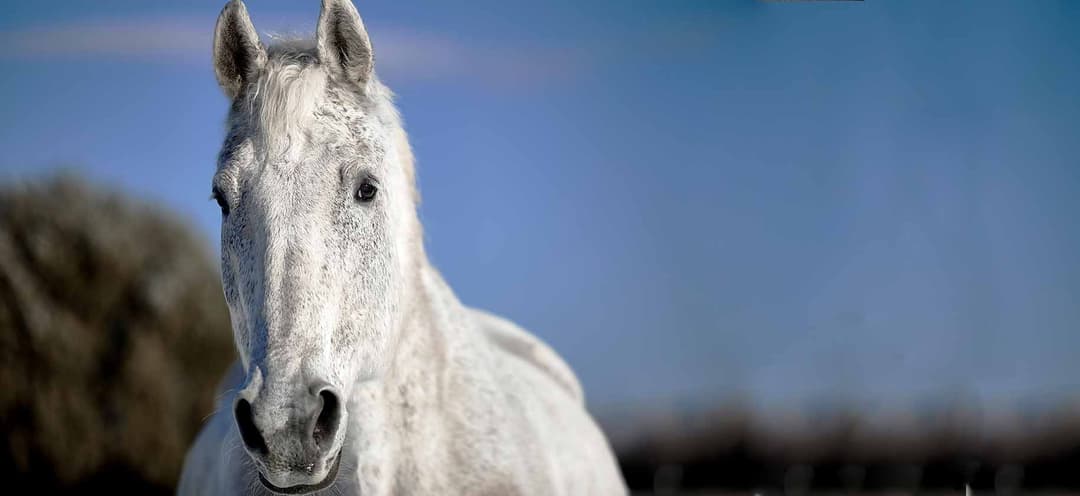
How to Remove Your Horse's Winter Coat
As we reach the end of winter and the days finally start to get longer, our horses start to shed their winter coats.
While the extra hair has helped keep your horse warmer over winter and may look super cute on a pony, it can be a nightmare to remove at the end of the season when it starts to shed in uneven clumps.
Here's a few ways to make moving that hair a breeze.
1. Grooming
Nothing beats a good old fashioned grooming regime using lots of elbow grease and good brushes. A rubber curry comb used in a large circular motion will not only help remove loose hair and dead skin but also give the skin a good massage which most horses will love. If you have a particularly hairy horse, you may want to take precautions with a dust mask and overalls.
Don't forget to pay attention to the mane and tail, the face and legs but take care just in case your horse is ticklish in these areas! For serious shedding situations, there are various tools and combs that may be used to help remove the hair such as shedding blades. Once you have finished currying the coat a thorough groom with a soft body brush will help flick out any stray hairs and smooth the coat out again. Keep the brushes clean and remove hair as you use them. Either tap them out or brush them against each other to remove the hair & dust. Washing brushes regularly is a good hygiene practice anyway.
Learning to use a shedding blade/comb can be a huge help, but care does need to be taken as they are sharp and can easily nick unexpected places.
2. Rugging
Using an easily washed stable or under rug will help collect the hair and prevent it from attaching to the underside of winter turnout coats. It may pay to vacuum or curry brush the excess hair off the rugs before popping them in the washing machine to save that excess hair ending up on your clothes too. Keeping a horse rugged throughout winter won't stop a coat from growing but it will lessen the extent of the growth. Rugging with mesh rugs during the shedding season can help give a smooth appearance to the new coat and encourage your horse to drop his coat sooner.
3. Clipping
The ultimate way to remove a winter coat is clipping. There are various styles of clips you can give your horse aside from the full-body clip. A trace clip is popular for performance horses as it removes hair where a working horse sweats the most. A hunter clip removes all of the body hair of the horse except under the saddle and the legs. Some horses require multiple clips throughout a season.
4. Lighting
If your horse is stabled or has shelters with lights, putting the lights on either in the evening or early morning to extend the hours of light a horse is exposed to may help start the shedding process earlier than left in natural light only. Your horse will naturally start shedding once the days start to get longer at the change of season.
5. Worming
The change of season is a good time to update worming and clear your horse of any parasites. A worm burden can result in dull coats and a general appearance of ill health. Consult your vet to ensure you are implementing a good worming regime.
6. Working
A good ride or sweaty work out to open up the follicles followed by a nice cleansing bath is a good way to move excess winter hair and leave the skin clean and refreshed, ready for the new summer coat. Your horse will feel better for it too!
7. The DIY method
Given the opportunity, horses will naturally start removing their own coats by rubbing against anything they can to help remove their coat. Gates, posts, trees and anything else they can access will be used to scratch out their coat. This along with mutual or allogrooming is how non-domesticated horses deal with their annual shed.
Explore Caribu's range of grooming tools to help your horse shine.


